1. Sonata in D Major, D. 850: I. Allegro
Composer: Franz Schubert
Artist(s): Jan Vermeulen
2. Sonata in D Major, D. 850: II. Con moto
Composer: Franz Schubert
Artist(s): Jan Vermeulen
3. Sonata in D Major, D. 850: III. Scherzo: Allegro vivace
Composer: Franz Schubert
Artist(s): Jan Vermeulen
4. Sonata in D Major, D. 850: IV. Rondo: Allegro moderato
Composer: Franz Schubert
Artist(s): Jan Vermeulen
5. Ungarische Melodie in B Minor, D. 817
Composer: Franz Schubert
Artist(s): Jan Vermeulen
6. Adagio in E Major, D. 612
Composer: Franz Schubert
Artist(s): Jan Vermeulen
7. Marsch in E Major, D. 606
Composer: Franz Schubert
Artist(s): Jan Vermeulen
8. Allegretto in C Minor, D. 915
Composer: Franz Schubert
Artist(s): Jan Vermeulen
9. Variation über einen Walzer von Anton Diabelli in C Minor, D. 718
Composer: Franz Schubert
Artist(s): Jan Vermeulen
1. Dreizehn Variationen über ein Thema von Anselm Hüttenbrenner in A Minor, D. 576
Composer: Franz Schubert
Artist(s): Jan Vermeulen
2. Sonata in A Flat Major, D. 557: I. Allegro moderato
Composer: Franz Schubert
Artist(s): Jan Vermeulen
3. Sonata in A Flat Major, D. 557: II. Andante
Composer: Franz Schubert
Artist(s): Jan Vermeulen
4. Sonata in A Flat Major, D. 557: III. Allegro
Composer: Franz Schubert
Artist(s): Jan Vermeulen
5. Siebzehn Deutsche Tänze, genannt ‘Ländler’, D. 366: 1 in A Major
Composer: Franz Schubert
Artist(s): Jan Vermeulen
6. Siebzehn Deutsche Tänze, genannt ‘Ländler’, D. 366: 2 in A Major
Composer: Franz Schubert
Artist(s): Jan Vermeulen
7. Siebzehn Deutsche Tänze, genannt ‘Ländler’, D. 366: 3 in A Minor
Composer: Franz Schubert
Artist(s): Jan Vermeulen
8. Siebzehn Deutsche Tänze, genannt ‘Ländler’, D. 366: 4 in A Minor
Composer: Franz Schubert
Artist(s): Jan Vermeulen
9. Siebzehn Deutsche Tänze, genannt ‘Ländler’, D. 366: 5 in A Minor
Composer: Franz Schubert
Artist(s): Jan Vermeulen
10. Siebzehn Deutsche Tänze, genannt ‘Ländler’, D. 366: 6 in C Major
Composer: Franz Schubert
Artist(s): Jan Vermeulen
11. Siebzehn Deutsche Tänze, genannt ‘Ländler’, D. 366: 7 in G Major
Composer: Franz Schubert
Artist(s): Jan Vermeulen
12. Siebzehn Deutsche Tänze, genannt ‘Ländler’, D. 366: 8 in D Major
Composer: Franz Schubert
Artist(s): Jan Vermeulen
13. Siebzehn Deutsche Tänze, genannt ‘Ländler’, D. 366: 9 in B Major
Composer: Franz Schubert
Artist(s): Jan Vermeulen
14. Siebzehn Deutsche Tänze, genannt ‘Ländler’, D. 366: 10 in B Minor
Composer: Franz Schubert
Artist(s): Jan Vermeulen
15. Siebzehn Deutsche Tänze, genannt ‘Ländler’, D. 366: 11 in B Major
Composer: Franz Schubert
Artist(s): Jan Vermeulen
16. Siebzehn Deutsche Tänze, genannt ‘Ländler’, D. 366: 12 in E Flat Minor
Composer: Franz Schubert
Artist(s): Jan Vermeulen
17. Siebzehn Deutsche Tänze, genannt ‘Ländler’, D. 366: 13 in B Flat Minor
Composer: Franz Schubert
Artist(s): Jan Vermeulen
18. Siebzehn Deutsche Tänze, genannt ‘Ländler’, D. 366: 14 in D Flat Major
Composer: Franz Schubert
Artist(s): Jan Vermeulen
19. Siebzehn Deutsche Tänze, genannt ‘Ländler’, D. 366: 15 in D Flat Major
Composer: Franz Schubert
Artist(s): Jan Vermeulen
20. Siebzehn Deutsche Tänze, genannt ‘Ländler’, D. 366: 16 in A Flat Major
Composer: Franz Schubert
Artist(s): Jan Vermeulen
21. Siebzehn Deutsche Tänze, genannt ‘Ländler’, D. 366: 17, Allemande in E Flat Major
Composer: Franz Schubert
Artist(s): Jan Vermeulen
22. Sonata in C Major, D. 279: I. Allegro moderato
Composer: Franz Schubert
Artist(s): Jan Vermeulen
23. Sonata in C Major, D. 279: II. Andante
Composer: Franz Schubert
Artist(s): Jan Vermeulen
24. Sonata in C Major, D. 279: III. Menuetto. Allegro vivace
Composer: Franz Schubert
Artist(s): Jan Vermeulen

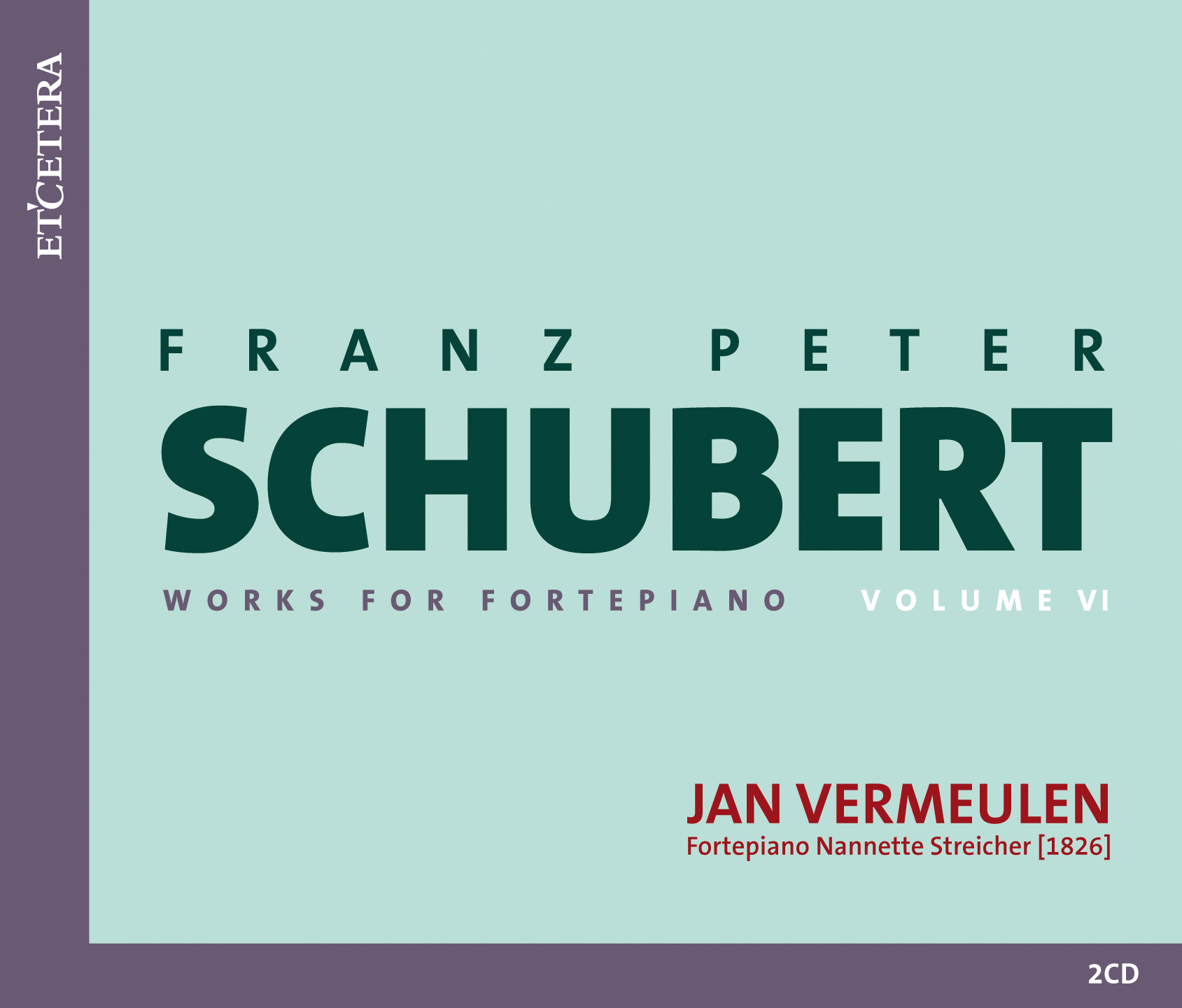
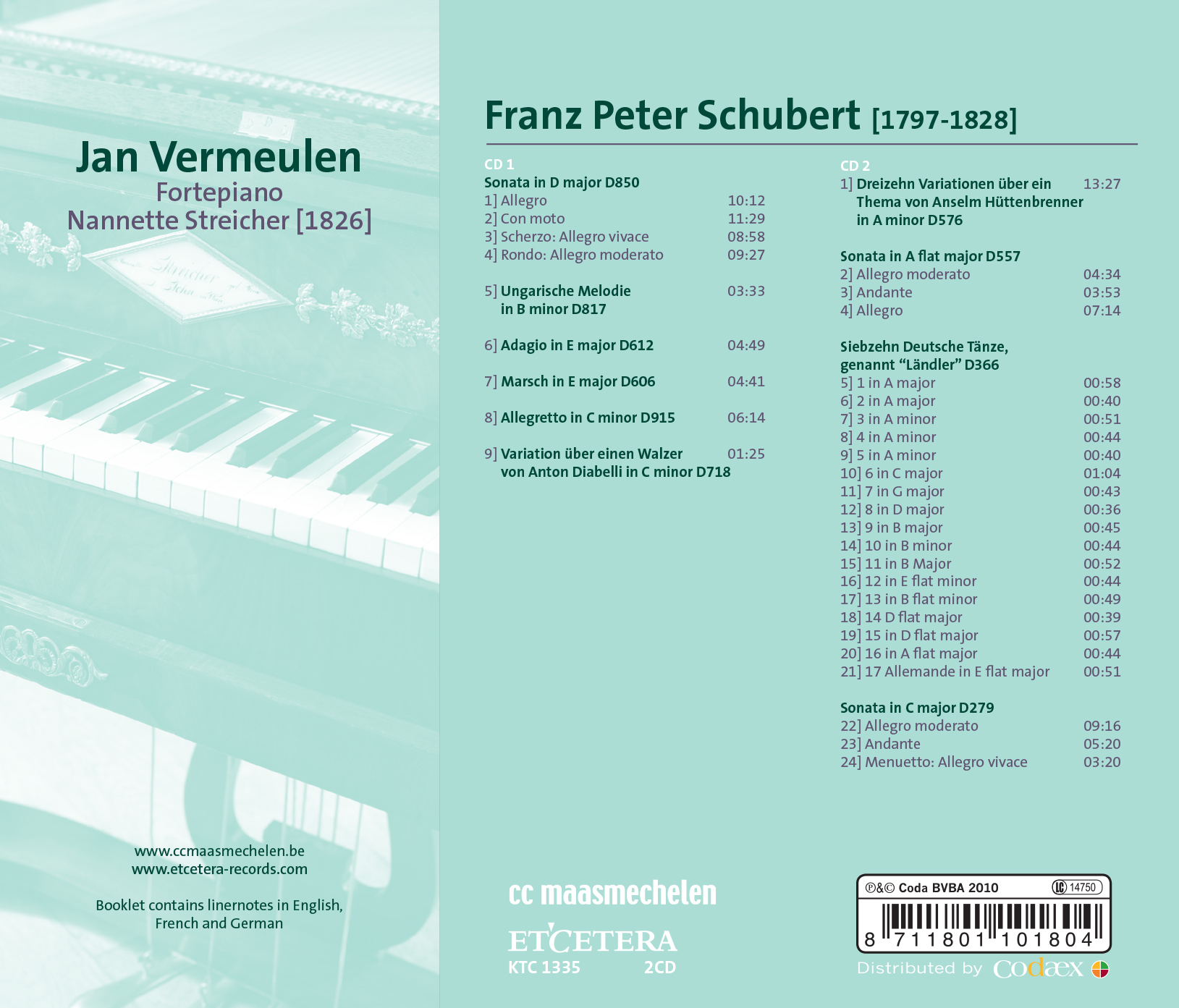

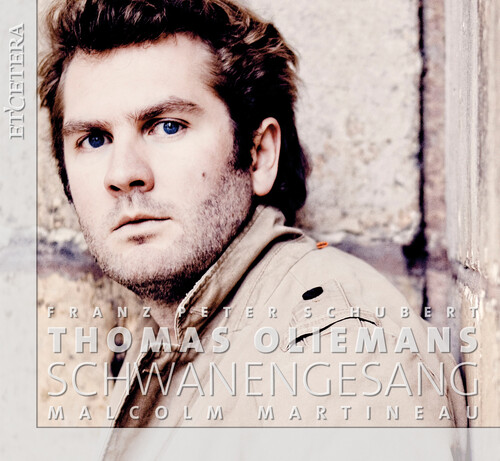
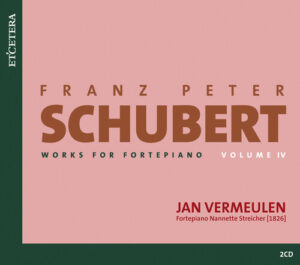
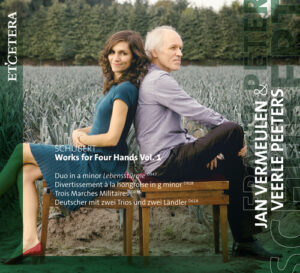
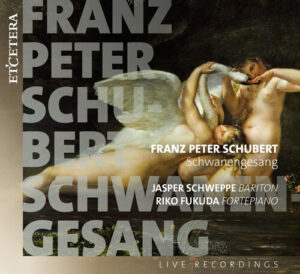
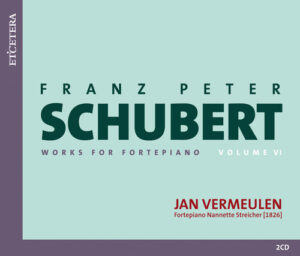
Reviews
There are no reviews yet.